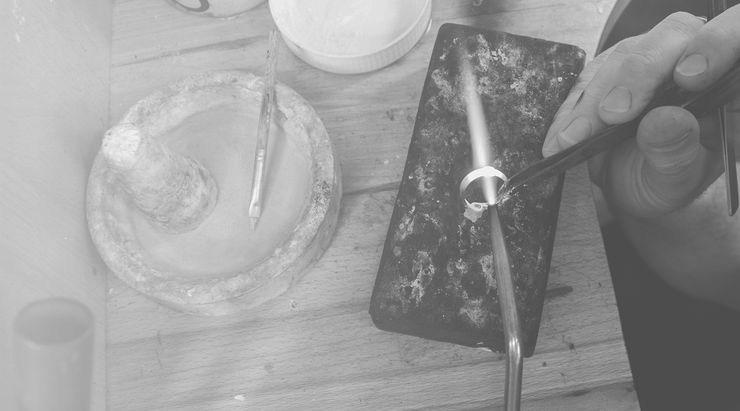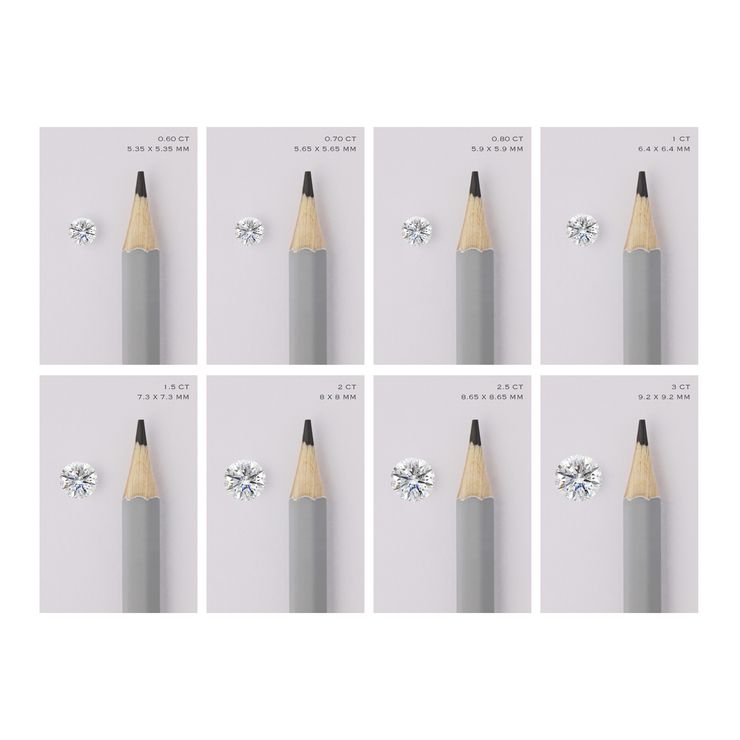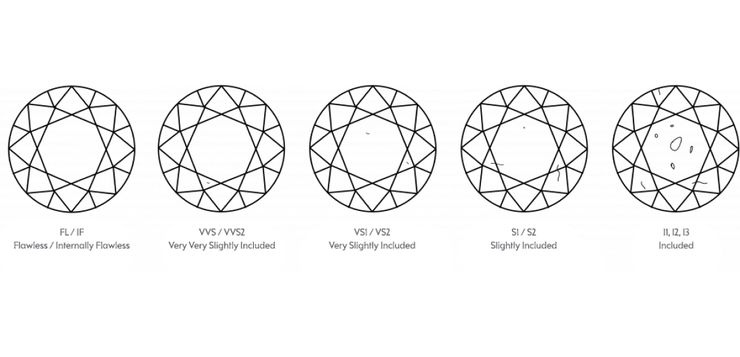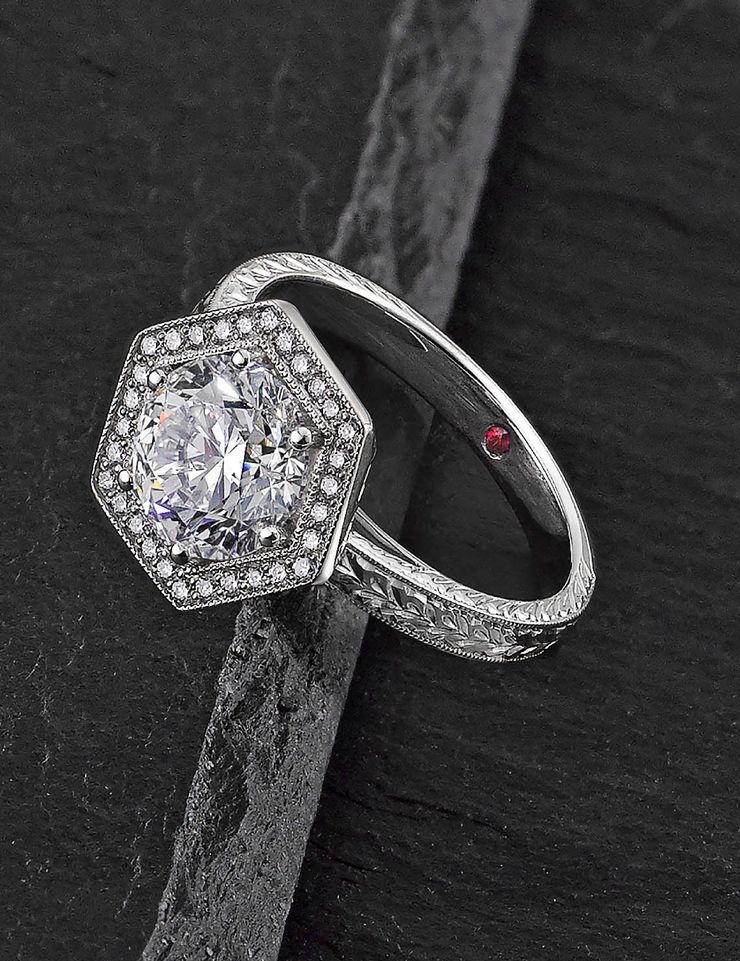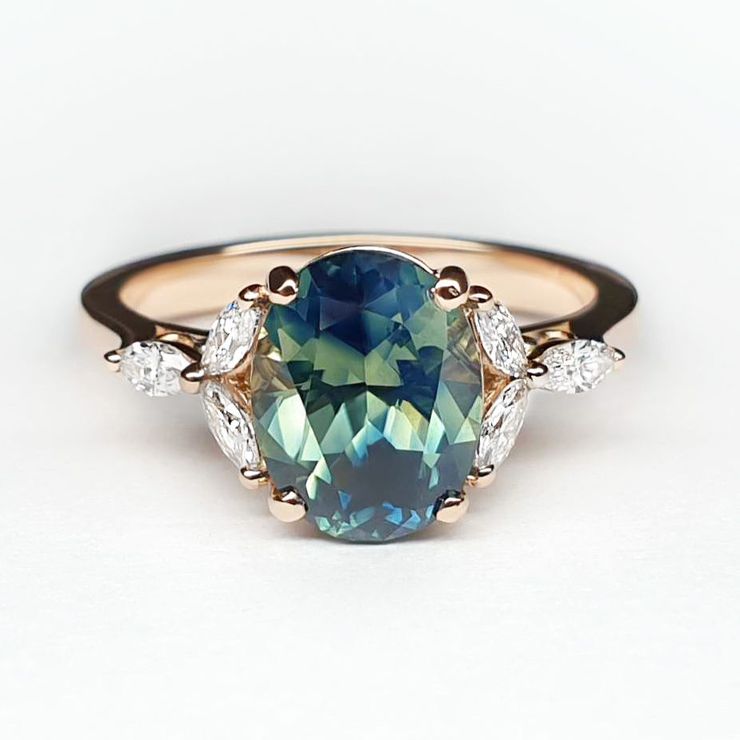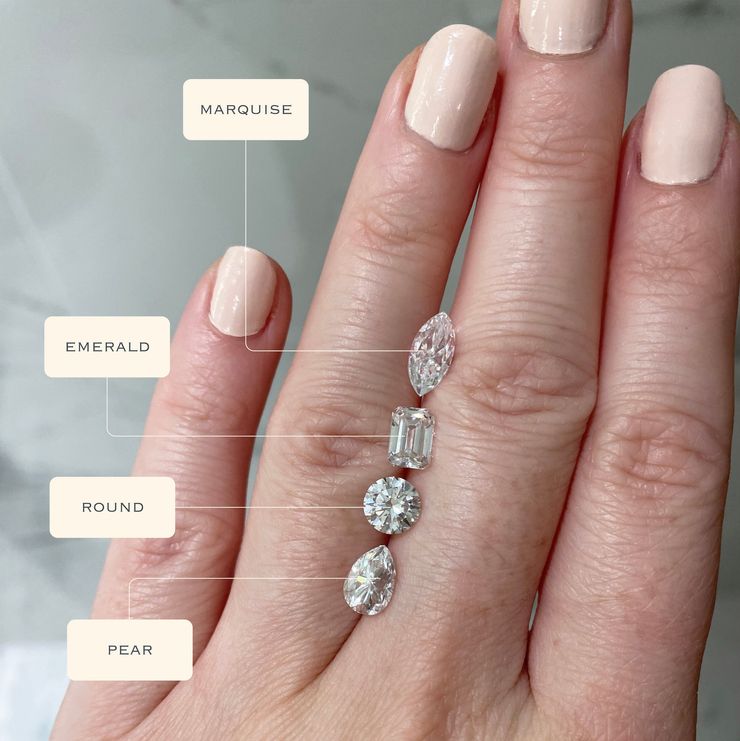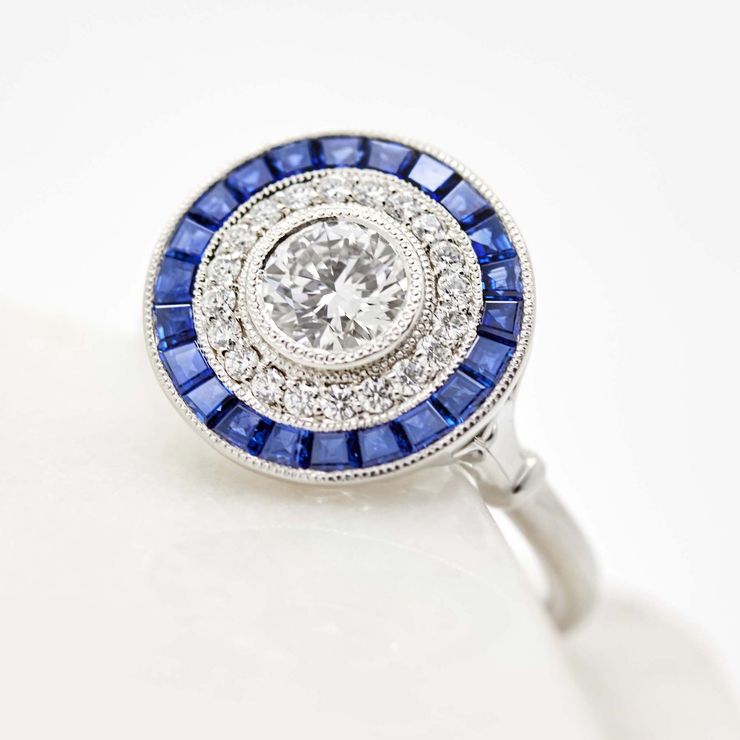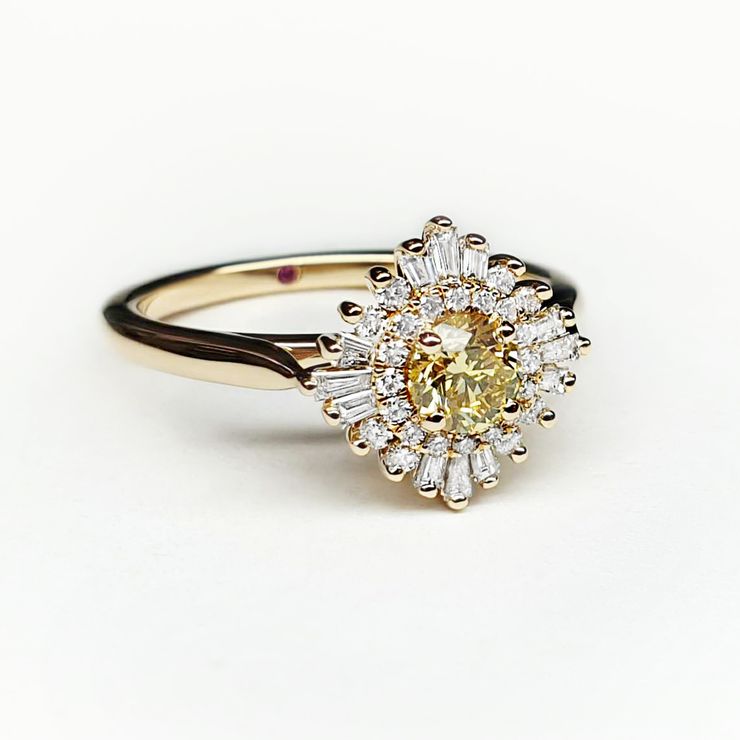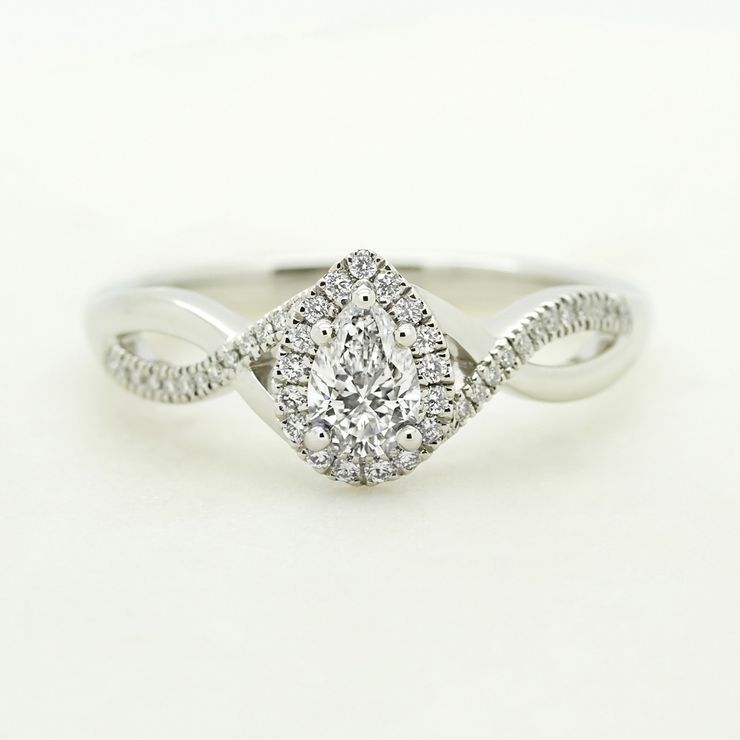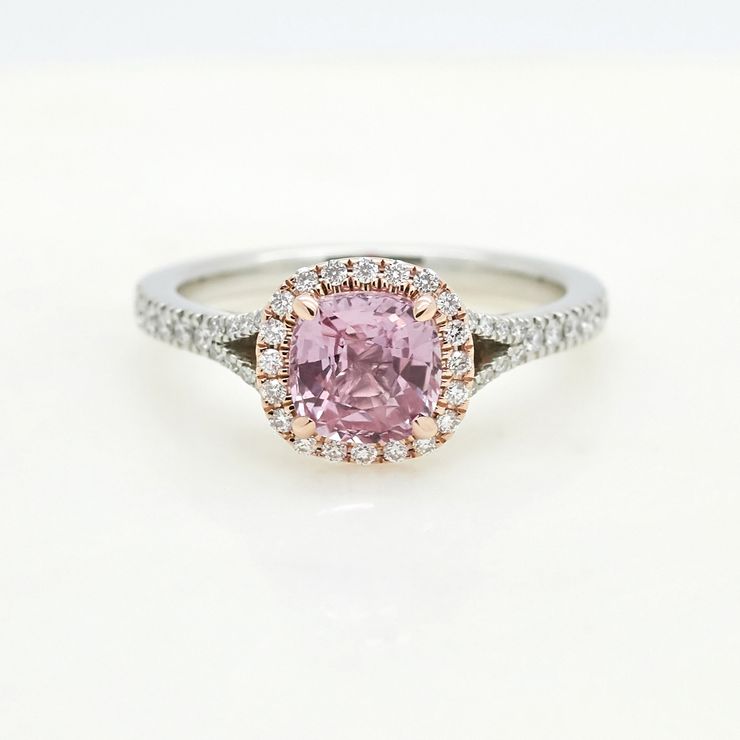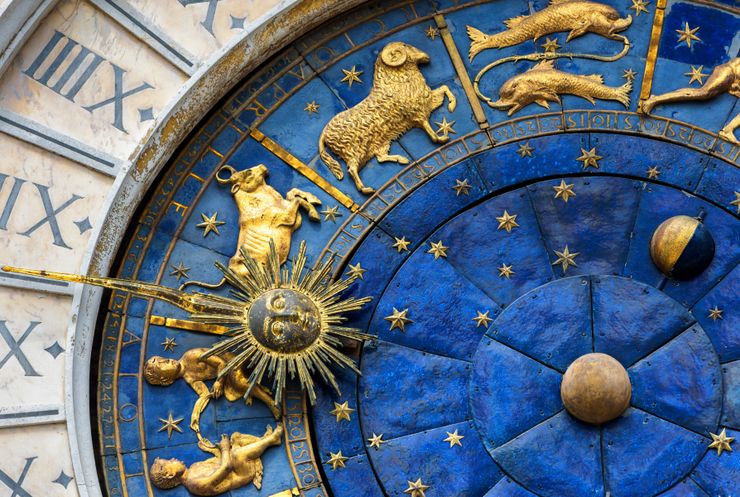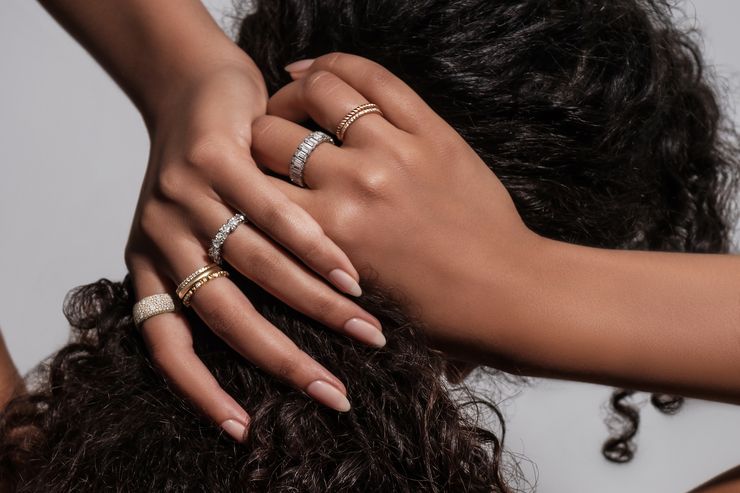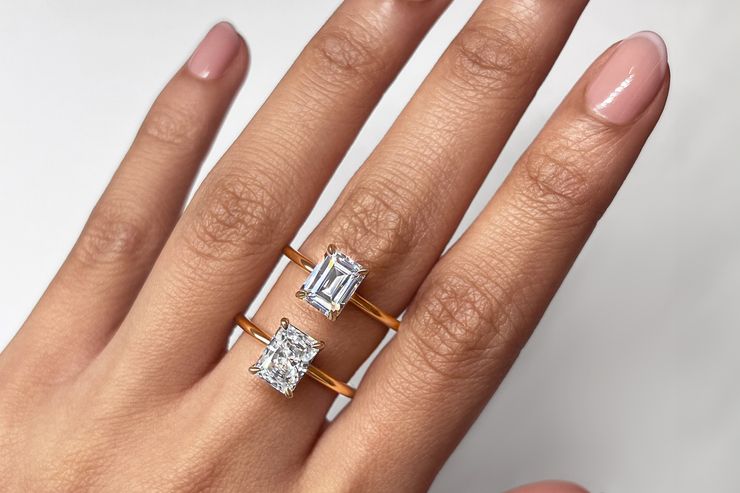Consider the 1ct premium
While it has a nice ring to it, a 1 carat diamond is by no means the ‘right’ size diamond for your engagement ring. Because of their reputation, 1ct diamonds actually carry a price premium and cost disproportionately more than a diamond that’s only a little bit smaller or even a diamond that’s a bit larger.
The only person who should be deciding what the right size diamond is for your ring is you. So we say skip the hidden cost and choose either a 1.01ct or 0.90ct diamond instead.
In the case of a marginally smaller 0.90-0.95ct diamond, you probably won’t be able to tell the size difference, plus you can reallocate the savings to another aspect of your design, like side diamonds or pavé.
And sometimes with diamonds that are slightly (1.05-1.01ct), you’ll find that the price per carat works out to be less than on a 1ct diamond. This means you’ll be getting better value for money on a (marhinally) larger centre diamond.

